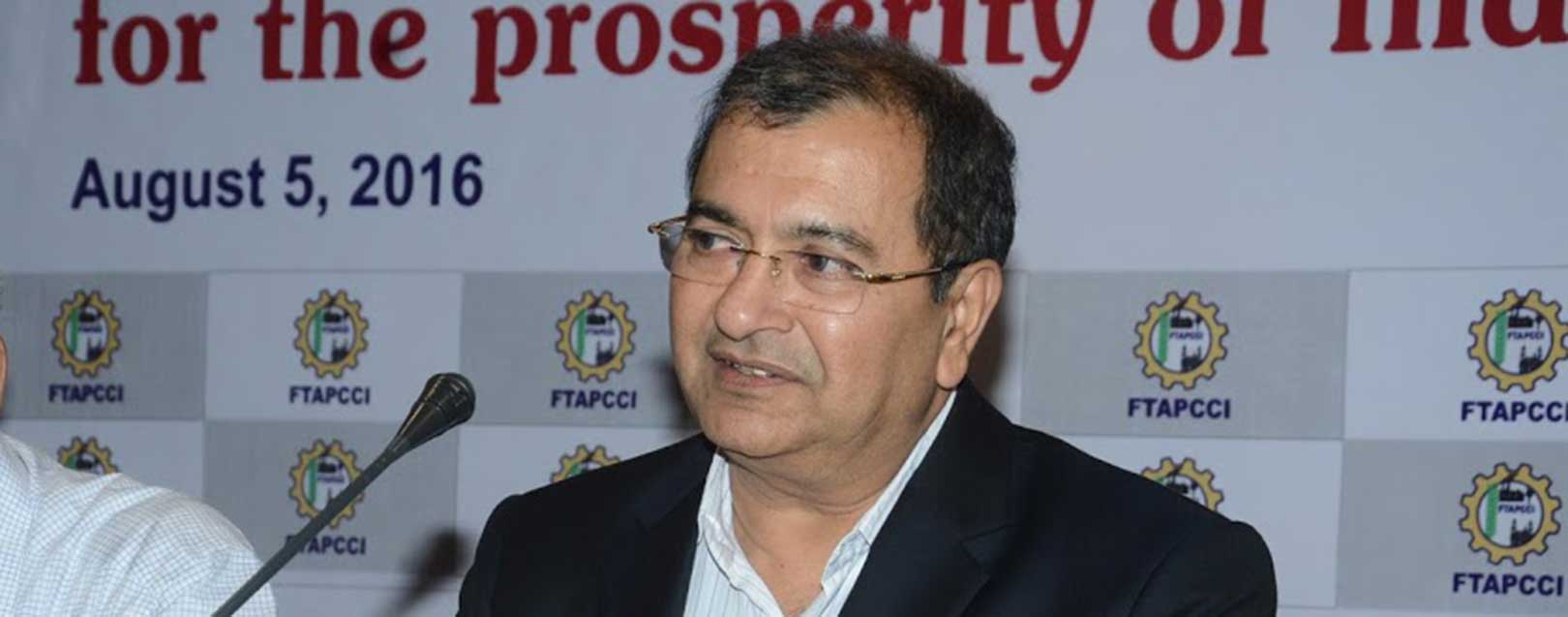
GST to streamline border-less business across states: FTAPCCI
Sharath Chowdary
The Goods and Services Tax (GST) is the biggest indirect tax reform in India, which is almost similar to the reforms of economic liberalisation in the country during 1991, as per Federation of Telangana and Andhra Pradesh Chambers of Commerce and Industry (FTAPCCI).
GST is a culmination of 17-18 taxes that industry should pay to the Central and state governments. This is one of the major steps towards ease of doing business in India. The introduction of GST would streamline border-less business across all the states, FTAPCCI President Ravindra Modi told The Dollar Business Bureau.
Currently, there are different tax structures in each state of the country. GST regime would remove this disparity in taxes to create unified tax rates throughout the nation. As GST is a destination-based tax, it would allow seamless movement of goods across the borders. It would reduce the cascading effect of tax-on-tax that is being imposed by the states, he said.
Modi further said, “The GST would not only benefit the industry, but also the consumers. The effective tax rate on goods and services is around 25-30% because of the tax-on-tax levies by the states. If the GST rate is fixed at around 17-19%, it would make huge difference for the consumers. The state governments are suggesting for 22% standard rate, which would kill the spirit of GST.”
Explaining the side-effects of the GST, he said, “The practical problems in effective implementation would be seen after two-three years of the GST roll out. It would give a big push to the major manufacturing industries, but the small and medium-sized enterprises (SMEs) may lose some share of their business due to competition.”
Moreover, the filing of GST is digital-based, which is a difficult task for SMEs. Harsh punishment is mentioned in the GST Bill if the compliance is not made by the business entities. The government should be lenient in the initial years towards the SMEs as compliance is a technological burden for them, Modi suggested.
Over 130 nations are implementing GST in the world. India has chosen dual GST having Central Goods and Service Tax (CGST) and State Goods and Service Tax (SGST). The Central government would also levy IGST (Integrated GST) which would be levied on all inter-state transactions of goods and services.





 to success.
to success.